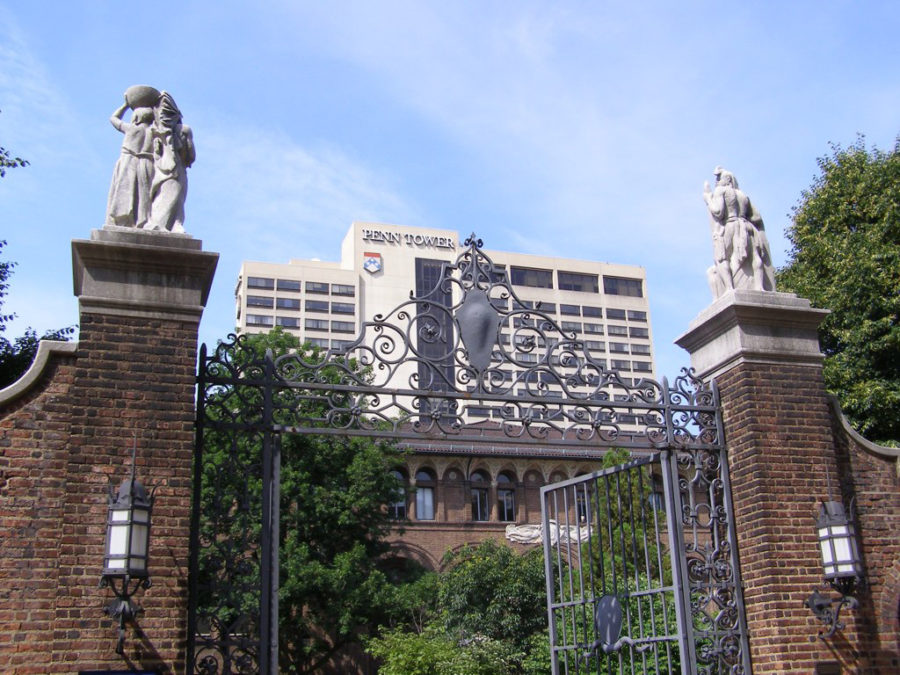With last year’s state budget crisis still uncomfortably recent, it was already likely that higher education in Pennsylvania should expect more funding drama this year — but now there’s a twist.
The budget released earlier this month from the office of Gov. Tom Wolf, D-Pa., contained no surprises in planned expenses for Pennsylvania’s state-owned and state-related universities. But planned cuts in state support for private universities came as a surprise.
Wolf’s plan for the upcoming fiscal year will cut state funding for the Commonwealth’s private colleges by $13 million in the interest of increasing funding for state-owned institutes. And, while the move has drawn some anger from private school advocates, it’s a smart trade-off in the best interests of the largest amount of students.
It’s worth noting at this point that, under the governor’s proposed budget, state aid for Pitt would stand to continue at its current level — we are one of the four state-related institutions projected to see no change in funding. Nevertheless, if the state is going to decrease funding for higher education in Pennsylvania, the cuts should go to private colleges’ funding.
One of the strongest arguments in favor of continuing state support of private schools is the high number of students here who attend and graduate from the Commonwealth’s private institutions. 42 percent of all students in Pennsylvania attend one of these private colleges as of last academic year. A cut to funding for these students’ schools could be seen as an assault on affordable education for nearly half of all college students in Pennsylvania.
But for the 58 percent majority who attend public schools in the Commonwealth, state-owned schools are already considerably more expensive than their components in other states. Four of the top-10 public and state-related colleges with the highest tuition for in-state students — Pitt, Penn State, Temple and the Pennsylvania College of Technology — are in our state.
It’s easy to see why this might lead to higher graduation rates from the state’s private institutions, as students with the most financial difficulties are unable to pay for all four years of their undergraduate education.
Patrick Leahy, president of private Wilkes University in Wilkes-Barre, Pennsylvania, said the proposed cuts would do little to change his university’s bottom line.
“Reducing [funding] by 50 percent constitutes a small portion of the university’s overall budget,” Leahy told the Scranton Times-Tribune.
The University of Pennsylvania, one of the largest private recipients of state aid in the state, draws only 1 percent of its annual budget from the state. It’s also receiving almost twice the amount that the next-largest beneficiary — Johns Hopkins University in Maryland — gets from its state government, suggesting that the proposed cuts will have little real effect on student tuition at Penn.
While there’s little to lose from the loss of some private funding for private institutions, the state’s public and state-related schools stand to gain considerably from the freed-up funds. Wolf’s plan would reallocate nearly 9 million of the nearly $13 million cut from private universities to state-owned ones. And given past funding cuts — the University lost four million dollars in funding last year — and expectations earlier this year that there was more to come, new or even stagnant funding would be best used at state colleges. Low-income students at public institutions have everything to gain from the increase in spending, while private school students will likely see little to no change to their tuition and the affordability of their education.
Reducing the money spent supporting private universities like these with massive endowments will hurt students at neither public nor private institutions in the Commonwealth. Wolf’s proposal is a common-sense way to return higher-education spending to a more equitable system.


